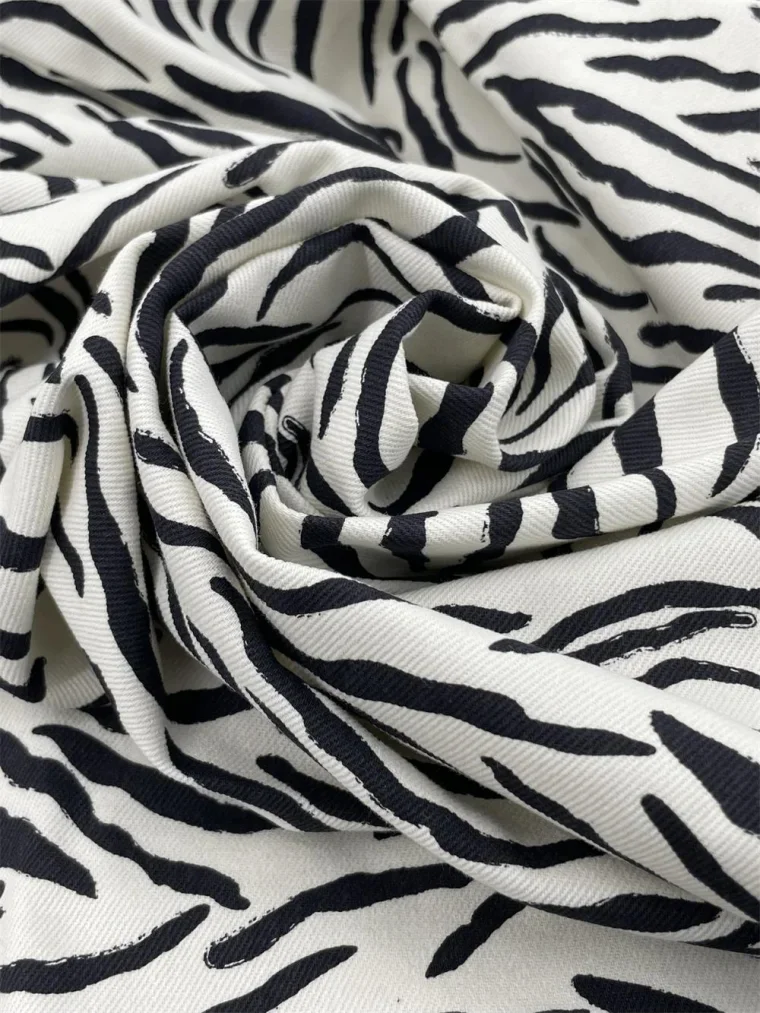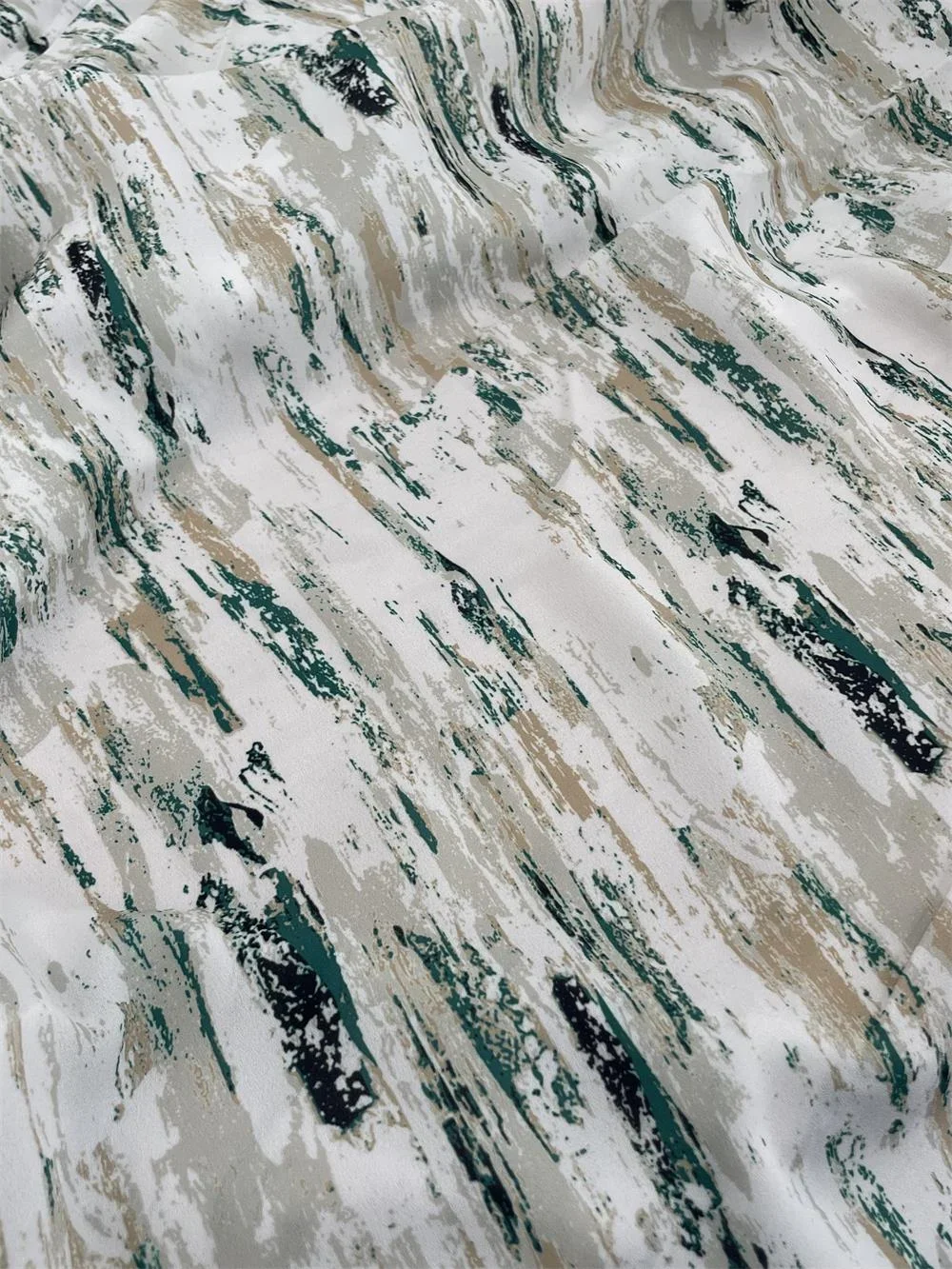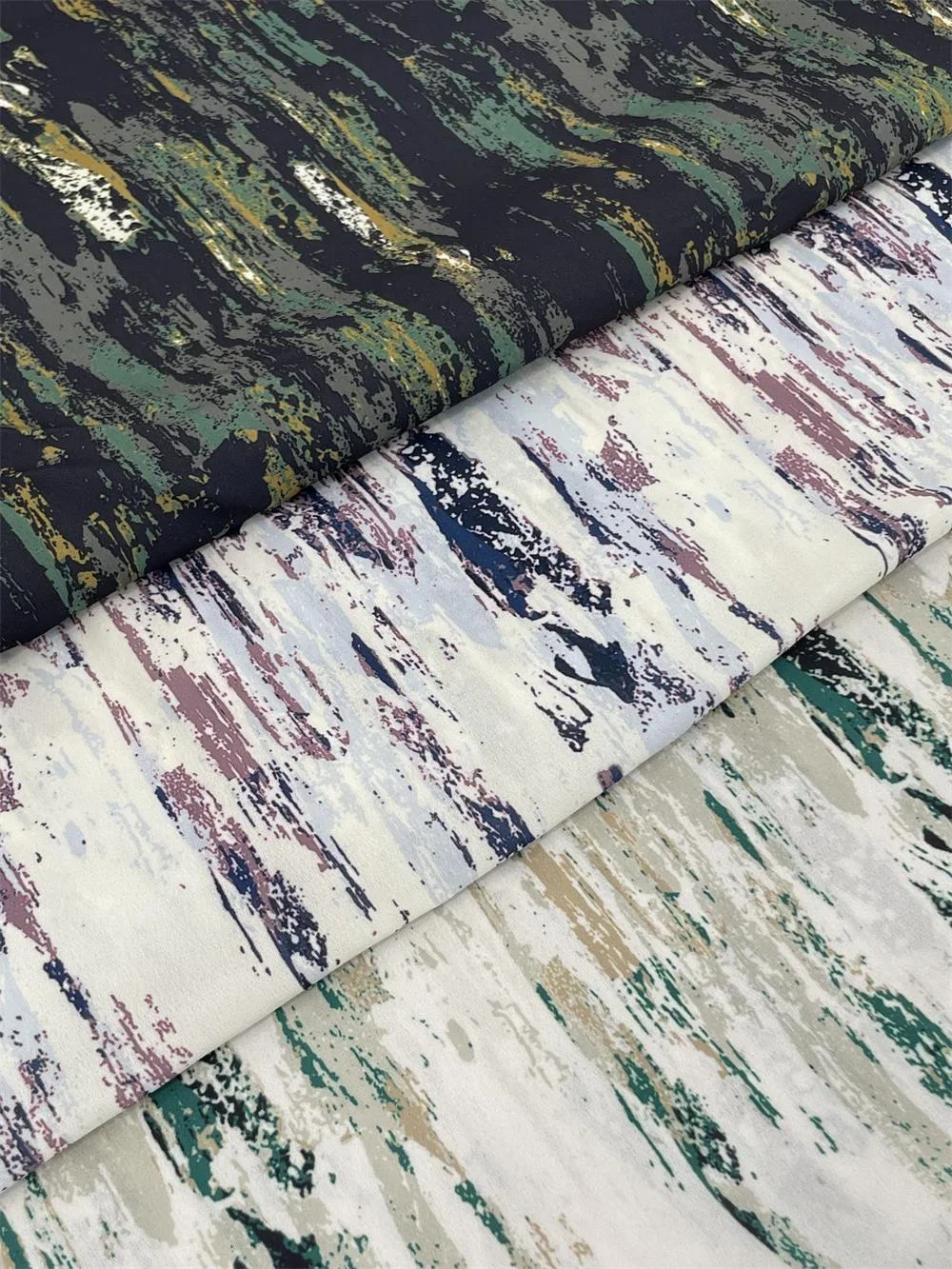Learn About the Production Process of Printed Cotton Fabric
Printed cotton fabric is a popular choice for clothing, home decor, and various other textile applications. The production process of printed cotton fabric involves several stages, from design to the finished product. In this article, we will delve into the intricate process of creating printed cotton fabric, exploring each step in detail.
I. Designing the Pattern
The first step in the production process of printed cotton fabric is designing the pattern. This involves creating unique and visually appealing designs that will be printed onto the fabric. Designers use various tools and techniques, including computer-aided design (CAD) software, to bring their creative ideas to life.

II. Preparing the Fabric
Once the design is finalized, the next step is preparing the fabric for printing. The fabric is carefully inspected for any defects or imperfections. It is then washed and treated to remove any impurities and ensure optimal print quality. Preparing the fabric also involves determining the appropriate fabric type, weave, and thread count for the desired end product.
III. Printing Techniques
There are several printing techniques used in the production of printed cotton fabric. Some of the most common techniques include:
1. Screen Printing: This technique involves using a mesh screen to transfer the design onto the fabric. Each color in the design requires a separate screen, and the ink is pushed through the screen onto the fabric.
2. Digital Printing: Digital printing utilizes advanced inkjet technology to directly print the design onto the fabric. It offers high precision and allows for intricate details and vibrant colors.
3. Block Printing: Block printing is a traditional technique where a carved wooden block is used to stamp the design onto the fabric. This method requires skilled artisans and offers a unique, handcrafted look.

IV. Dyeing the Fabric
After the printing process, the fabric may undergo dyeing to enhance the colors and create a more vibrant appearance. Dyeing can be done using various methods, such as immersion dyeing or direct application of dyes. The fabric is carefully treated to ensure colorfastness and durability.
V. Finishing Processes
Once the fabric is printed and dyed, it goes through several finishing processes to enhance its appearance and functionality. These processes may include:
1. Washing and Drying: The fabric is thoroughly washed to remove any excess dye or chemicals. It is then dried to ensure proper color retention and fabric stability.
2. Softening: Softening agents may be applied to the fabric to improve its texture and make it more comfortable to wear or use.
3. Pressing and Ironing: The fabric is pressed and ironed to remove any wrinkles and give it a smooth, finished look.
VI. Quality Control
Throughout the production process, strict quality control measures are implemented to ensure that the printed cotton fabric meets the desired standards. Quality control involves inspecting the fabric for any defects, checking color accuracy, and assessing overall print quality.

Conclusion
The production process of printed cotton fabric is a meticulous and intricate journey from design to the finished product. Each step, from designing the pattern to the final quality control, plays a crucial role in creating high-quality and visually stunning printed cotton fabric. By understanding this process, we can appreciate the craftsmanship and artistry behind the fabrics we use in our everyday lives.
Changzhou Hengwangjia Textile Co., Ltd.'s main fabrics include yarn-dyed fabrics, solid-color fabrics, printed fabrics, denim, corduroy, seersucker, taslan, etc., and supports fabric customization. Our main markets: Europe, America, Asia and other parts of the world.
We are a professional Solid Grey Fabric supplier,If you want to know more details about printed cotton fabric, Welcome to inquiry if you need to know more about printed cotton fabric details or order wholesale.
- Art
- Causes
- Crafts
- Dance
- Drinks
- Film
- Fitness
- Food
- Games
- Gardening
- Health
- Home
- Literature
- Music
- Networking
- Other
- Party
- Religion
- Shopping
- Sports
- Theater
- Wellness


